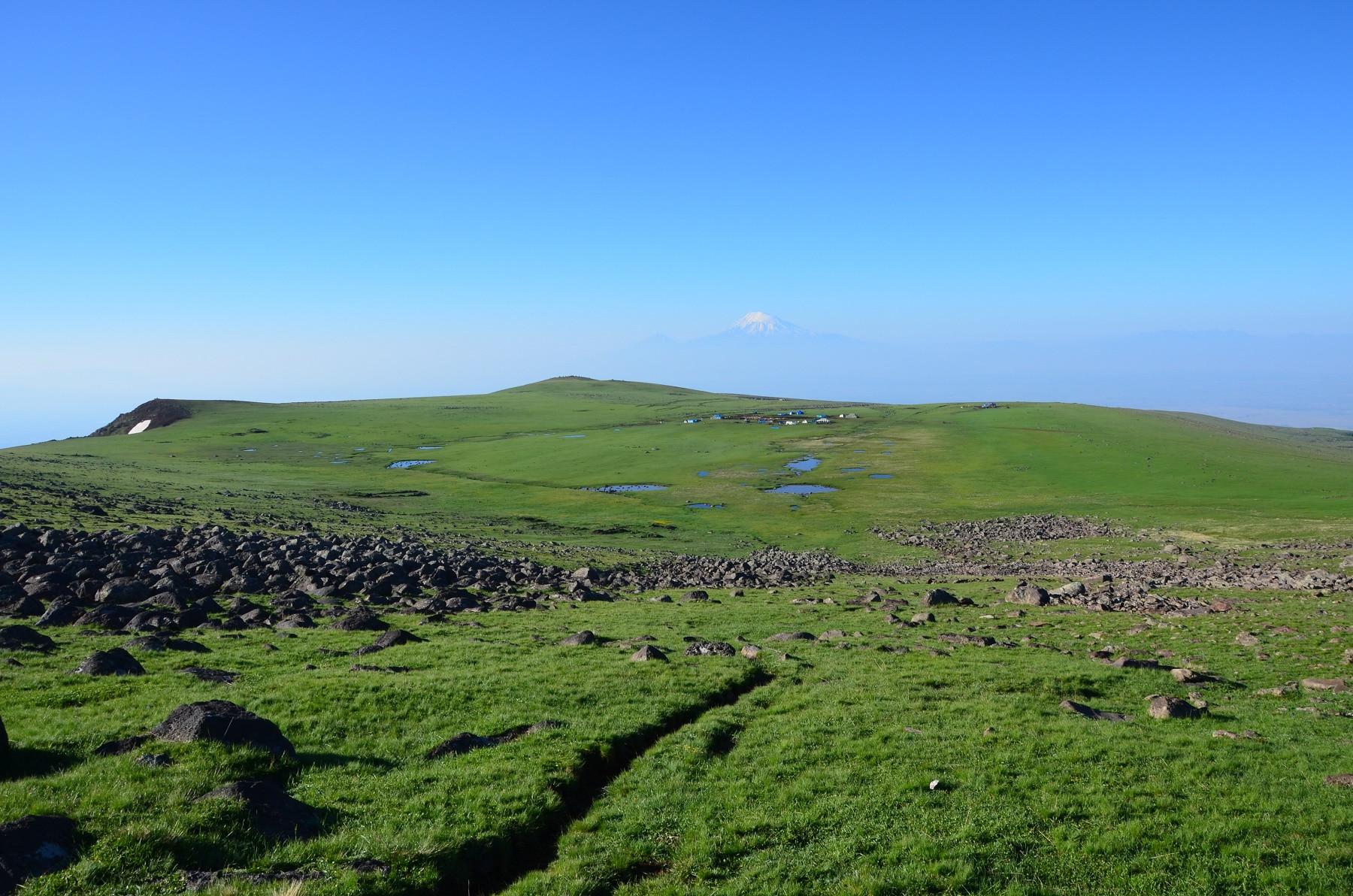
Armenia Wants "Dragon Stones" on UNESCO World Heritage List
Armenia will spend 494,000 drams (US$1,280) to prepare an application with UNESCO to include the “dragon stones” (vishapakar) located on Mt. Tirinkatar on the organization’s World Heritage Tentative List.
The vishapakar are commonly carved from one piece of stone, into cigar-like shapes with fish heads or serpents. Supposedly they are images of vishaps, a water dragon/serpent of Armenian folklore.
Currently, three properties in Armenia are inscribed on the UNESCO World Heritage List: Monastery of Geghard and the Upper Azat Valley (2000), Monasteries of Haghpat and Sanahin (1996), Cathedral and Churches of Etchmiadzin and the Archaeological Site of Zvartnots (2000).
Four sites in Armenia are included in the UNESCO’s tentative list - properties Armenia considers to be cultural and/or natural heritage of outstanding universal value and therefore suitable for inscription on the World Heritage List. The four are: the archeological sites of Dvin and Yererouk, Noravank monastery and the upper Amaghou Valley, Tatev and Tatevi Anapat monasteries and the adjacent areas of the Vorodan Valley. (Sites must be included in the tentative list before being evaluated for the main list.)
Mt. Tirinkatar (2,859 meters above sea level) is in Armenia’s Aragatzotn Province south-west of Mt. Aragatz. (In the Armenian pantheon, Tir was a god of writing, sciences, arts, a scribe of the chief deity Aramazd, and a diviner of fate.
Armenia’s 1st century pagan temple of Garni, one of the main cultural sites in the country and a top site for tourists, has fallen on hard times and is not included in the UNESCO World heritage List.
In 2014, Hetq wrote the mosaic in the bathhouse, depicting Greek mythological figures, is damaged, the walls of adjacent buildings are crumbling, and the road leading to the temple itself is in disrepair.
At the time, the Service for the Protection of Historical Environment and Cultural Museum Reservations, NCSO (non-commercial state organization) attached to Armenia’s Ministry of Culture approved plans for a café to be built at the site, claiming a portion of the revenues would fund restoration work.
In a 2022 follow-up of the Garni story, Hetq wrote that an Armenian government plan to preserve the site’s 3rd century AD Royal Bathhouse was never implemented due to a lack of funds.
 Videos
Videos Photos
Photos
Write a comment